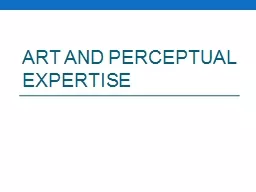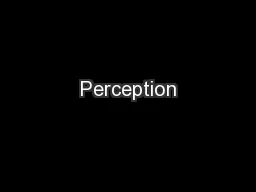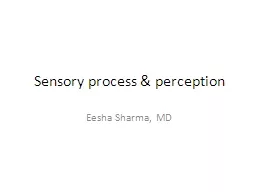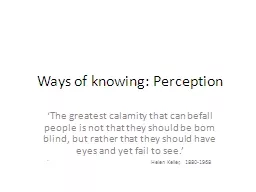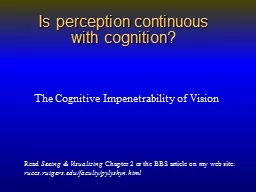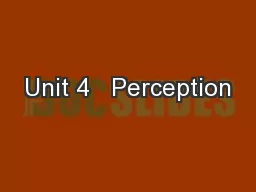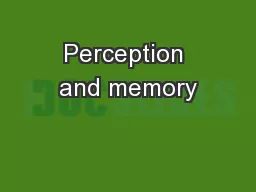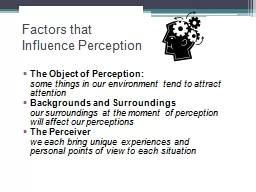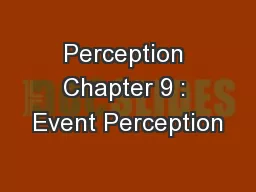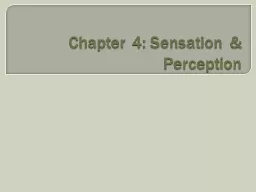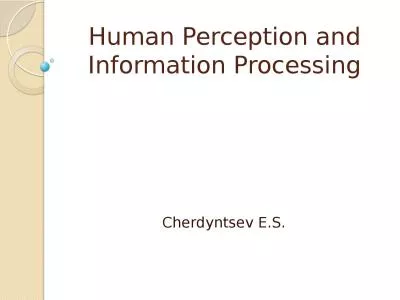PPT-Literary Spatial Pattering, Visual Perception and Syntactic
Author : ellena-manuel | Published Date : 2016-11-11
Liz Finnigan Southern Regional College NI Overview Spatial Pattering in Literature Global to Local Visual Processing A Topological Approach Episodic Memory Episodic
Presentation Embed Code
Download Presentation
Download Presentation The PPT/PDF document "Literary Spatial Pattering, Visual Perce..." is the property of its rightful owner. Permission is granted to download and print the materials on this website for personal, non-commercial use only, and to display it on your personal computer provided you do not modify the materials and that you retain all copyright notices contained in the materials. By downloading content from our website, you accept the terms of this agreement.
Literary Spatial Pattering, Visual Perception and Syntactic: Transcript
Download Rules Of Document
"Literary Spatial Pattering, Visual Perception and Syntactic"The content belongs to its owner. You may download and print it for personal use, without modification, and keep all copyright notices. By downloading, you agree to these terms.
Related Documents


